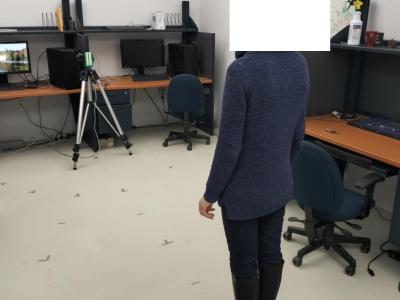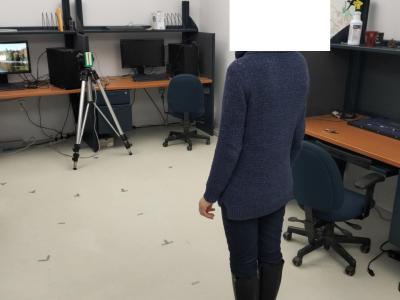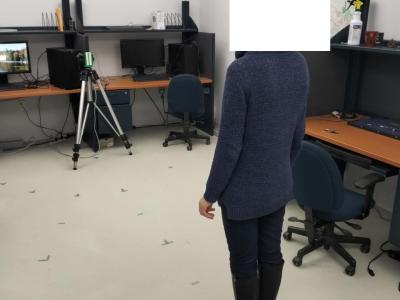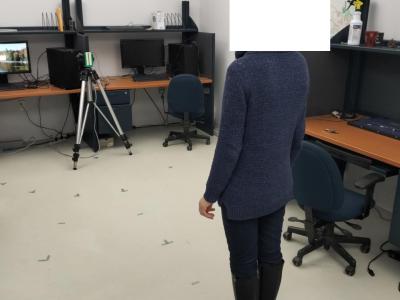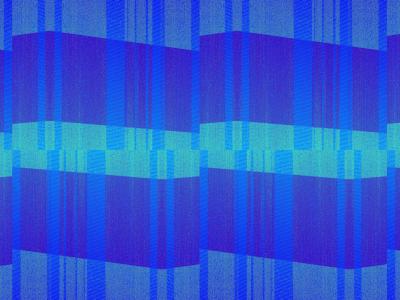
This dataset is the original resistance data and gas response data of 11 VOCs in 8 commercial gas sensors collected by the self-developed G919 electronic nose device. Eleven types of VOCs were detected, including acetone, ethanol, butyl acetate, methanol, dimethylbenzene, isopropanol, methylbenzene, benzaldehyde, hexane, n-propanol and ethylene glycol. Eight commercial gas sensors were employed, including MQ-2, MQ-3, MQ-4, MQ-5, MQ-6, MQ-7, MQ-8, MQ-9.
- Categories:
